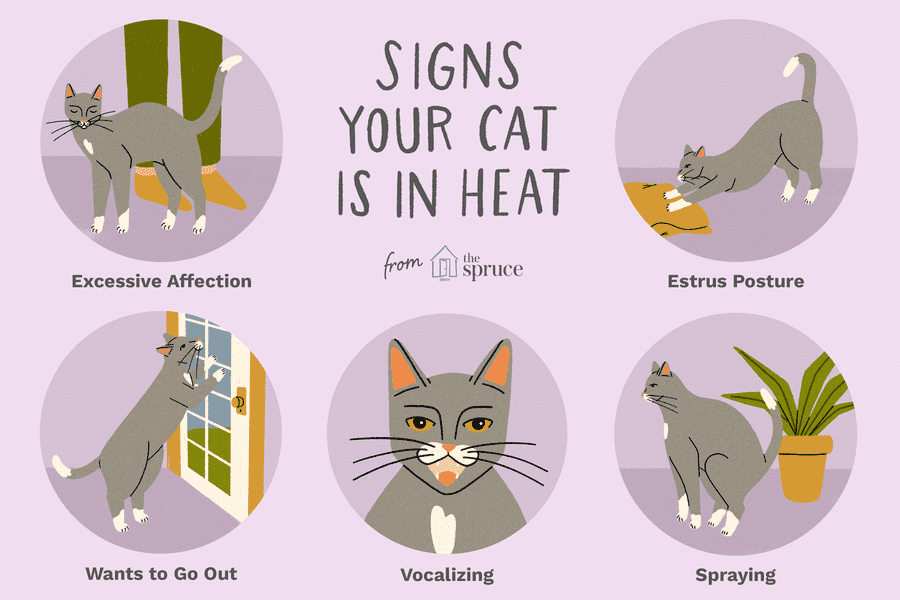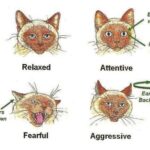Cats are known for their mysterious, independent nature, but they also have a lot to say if you know how to listen. Unlike dogs, who are typically vocal and expressive, cats communicate in more subtle and nuanced ways.
However, when your feline friend wants to engage, they’ll give you signs—some of them may be quite obvious, while others may take a little more observation to pick up on. If you’re wondering whether your cat wants to talk to you, here are some common signs that they may be trying to communicate.
1. Vocalizations: Meowing, Purring, and Chirping
One of the most obvious signs that your cat wants to talk is through vocalizations. Cats have a variety of sounds that they use to communicate, each with a different meaning. While some cats are more talkative than others, all cats use vocalizations to express their needs or desires. Here are a few common sounds to listen for:
- Meowing: This is the most common form of vocal communication between cats and humans. A cat may meow to greet you, ask for attention, express hunger, or even to show excitement. If your cat is particularly vocal, you might find that they meow when you enter the room, when they want a pet, or when they’re seeking something, like food or playtime.
- Purring: While purring is often associated with contentment, it can also be a sign that your cat is seeking attention or reassurance. Cats may purr when they want affection or when they feel comfortable around you, signaling that they want to engage.
- Chirping or Trilling: These high-pitched sounds are often used by cats to get your attention or as a greeting. Some cats will chirp when they want you to follow them to a certain location, such as the food bowl or a favorite resting spot. A chirp may also be a playful invitation for interaction.
2. Body Language: Tail Flicks, Ears, and Posture
A cat’s body language is an important indicator of whether they want to engage with you. Pay close attention to how your cat positions their body and tail, as these subtle cues can tell you a lot about their intentions:
- Tail Position: A cat’s tail can be a great indicator of their mood. If their tail is held upright with a slight curve at the tip, it’s often a sign that they are confident and ready to interact. A tail that is flicking or twitching may indicate excitement or a desire to get your attention, while a bushy or puffed-up tail can signal discomfort or defensive behavior.
- Ears: When your cat’s ears are forward and pointed, it typically means they are alert and interested in what’s happening around them. If their ears are laid back, however, it might indicate irritation or that they’re not in the mood for interaction.
- Posture: Cats with a relaxed posture, sitting or lying with their body open and stretched out, are often in a friendly mood. If your cat is approaching you with their body relaxed and their paws gently padded along the ground, they may be ready to socialize.
3. Eye Contact and Blinking
In the feline world, eye contact can carry a lot of meaning. If your cat wants to communicate with you, they might look at you directly and hold their gaze. Cats are not always fond of prolonged eye contact, especially with strangers, so when your cat gazes at you calmly, it’s usually a sign of trust and a desire to engage.
Additionally, slow blinking is a powerful sign that your cat is feeling comfortable and wants to communicate. In cat language, slow blinking is often called a “kitty kiss.” If your cat gives you a slow blink, it’s a way of saying, “I trust you,” and you can return the gesture to show affection and strengthen your bond.
4. Nudging and Head-Butting
Physical touch is another important form of communication for cats. If your cat wants to engage with you, they might nudge you with their head or bump into your hand or leg.
Head-butting or rubbing their face against you is a clear sign that they are marking you as part of their territory, but it’s also an affectionate gesture. Cats have scent glands on their face, and rubbing against you is their way of bonding and showing that they care.
This behavior is often a sign that your cat is seeking attention, so if you’re able, take the time to pet or cuddle them in return.
5. Bringing You Gifts
While it may sound a bit strange, some cats “talk” to you by bringing you gifts. This behavior, although sometimes unpleasant (especially when the gift is a dead mouse or bird), is often a sign that your cat trusts you and wants to share their “catch.”
While it may not be a conversation in the traditional sense, it’s their way of telling you they care and want to share something important.
If your cat is bringing you their catch, it’s a good idea to acknowledge the gesture, even if you don’t exactly appreciate the gift. Giving them a positive response, such as petting or verbal praise, can strengthen your bond.
6. Following You Around the House
Cats are curious creatures, and if your feline companion is constantly following you from room to room, it’s a sign they want your attention. Cats often follow their humans when they want to be part of the action or are looking for interaction.
Whether it’s because they want to be fed, play, or simply be close to you, this behavior is a clear sign they’re trying to communicate with you.
If your cat is tailing you throughout the house, it’s time to give them a little attention. Sometimes all they want is to be near you, and engaging with them in a quiet moment can help foster a stronger connection.

7. Grooming You
Cats groom themselves regularly, but some cats also like to groom their human companions. If your cat starts licking your hand, arm, or even your hair, it’s an indication that they want to show affection and communicate their bond with you.
In the wild, cats groom each other as a sign of friendship and social cohesion, so when your cat licks you, they are essentially saying, “You’re part of my family.”
Conclusion
Cats may not “talk” the way humans do, but they have plenty of ways to communicate their feelings, desires, and moods. By paying attention to their vocalizations, body language, and subtle behaviors, you can better understand what your cat is trying to tell you.
Whether they’re meowing for food, nudging for affection, or giving you a slow blink of trust, each sign is a clue that your cat wants to connect. So, next time your feline friend makes an effort to get your attention, take a moment to listen—and enjoy the unique language of your relationship.



